The Majestic White House
clearly defines this area of the city – everyday business in Washington
frequently takes place around the house because the major east-west
routes, Pennsylvania and Constitution Avenues, are close by. Many
government buildings stand in the vicinity, including the old and new
Executive Office Buildings, the Federal Reserve Building, and the State
and Treasury Departments. To the west lies Foggy Bottom, a former swamp
area now home to George Washington University. Farther west, the Kennedy
Center stands on the waterfront. Throughout the area, as one would
expect, restaurants, hotels, and shops provide the quality of service
required by high-profile diplomats and politicians.
|
For the last 50 years, GWU
has been a major presence in Foggy Bottom, contributing to its diversity
and filling its streets with the energy of young students. Founded as
Columbian College in 1821, the school adopted its current name in 1904
to honor the wishes expressed by George Washington for the establishment
of a major university in the city.
|
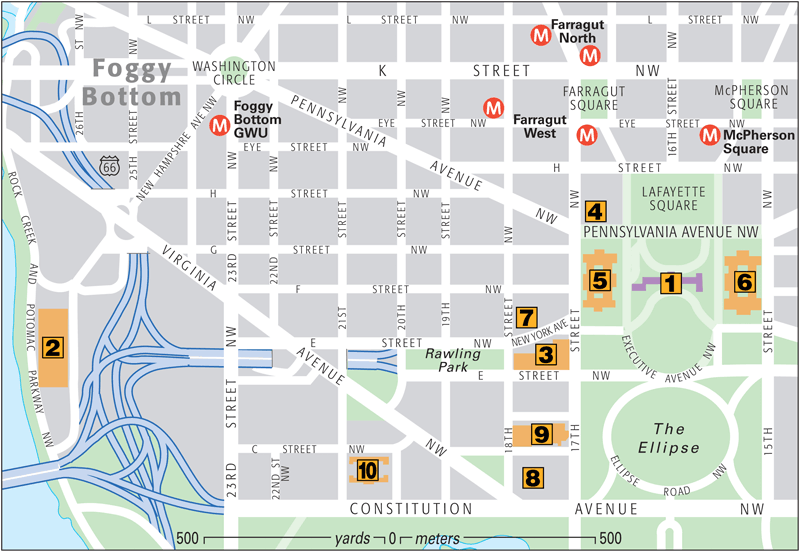
SightsThe White House Beautiful from any angle and still glowing from its repainting in the 1990s, the White House is a symbol of US political power and of democracy throughout the world.
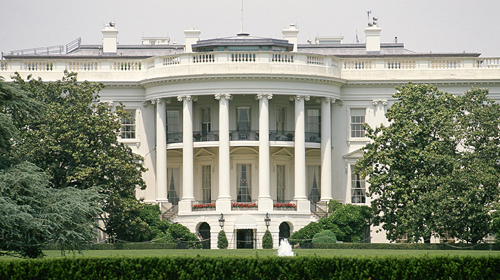
The White House
Kennedy Center A
memorial to President John F. Kennedy, this huge performance complex –
the largest in the country – presents the best expressions of the
artistic culture he loved so well. National and international stars
perform opera, concerts, musical comedy, drama, jazz, dance, and ballet,
and even experimental multimedia productions. Located overlooking the
Potomac, its terraces and rooftop restaurant have dazzling views .
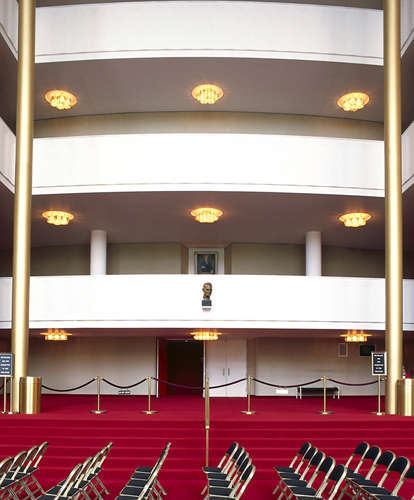
Kennedy Center
Corcoran Gallery of Art This
1897 building is among the finest Beaux Arts designs in the United
States. Note the atrium with its symmetrical stairway. The art
collection inside includes some of the very best of American and
European masterworks. In the American art collection, works by the
Hudson River School and the Luminists are especially strong . 500 17th St, NW (at New York Ave) Open 10am–5pm Wed–Mon (until 9pm Thu); closed federal holidays Guided tours noon Wed–Fri, 7:30pm Thu Dis. access Adm (free Thu evening)
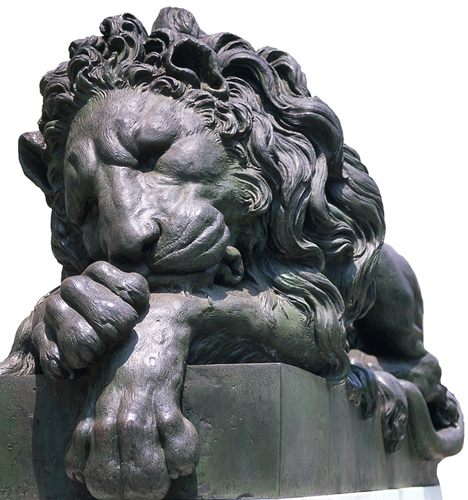
Corcoran Gallery statue
Renwick Gallery This
Smithsonian museum is a gem, with its displays of fine craft works. The
second-floor Grand Salon served as a ballroom and site for special
events when the Corcoran Gallery was located here before 1897. The room
has been completely refurbished and a modern lighting system installed.
The 1859 structure, named after its architect, James Renwick, Jr, is a
marvelous Second Empire-style building .
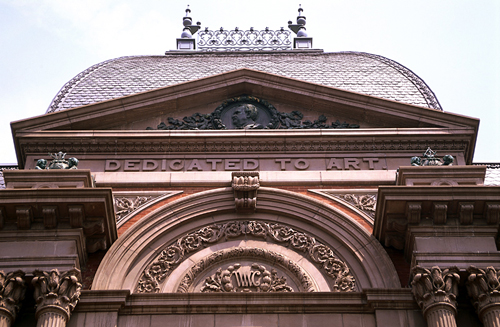
Renwick Gallery entrance detail
Dwight D. Eisenhower Executive Office Building This
is another Second Empire building, but on a mammoth scale. Many people
consider its highly embellished style and daunting proportions – 300,000
sq ft (27,871 sq m) of office space on five stories – to be
magnificent, but Mark Twain called it “the ugliest building in America.”
The Departments of State, Navy, and War were housed here on its
completion in 1888. Today it is home to offices for executive branch
employees and the vice president. Treasury Building The
Greek-Revival style of this old building, designed in 1833, suggests a
Temple of Money, and the imposing interior design confirms the
seriousness with which the republic has always treated its currency. The
restored Salmon P. Chase Suite and the Andrew Johnson Office reflect
the gravity of official actions during and after the Civil War. The
burglar-proof vault is always a hit with visitors because of the beauty
of its cast-iron walls and its demonstration of the low security needs
of a simpler day .
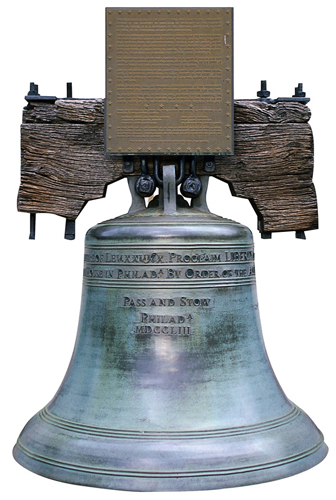
Liberty Bell, Treasury Building
The Octagon Museum This
unique and graceful building houses the oldest architecture museum in
the country. The house was completed in 1801 – one of the first private
residences to be built to Pierre L’Enfant’s plan – and provided shelter
to President James Madison and his family while workers were rebuilding
the White House after its destruction during the War of 1812. The
exhibitions of the museum focus especially on the early Federal period
of architecture, principally from 1800 to 1830. The finest display is
the restoration of the house itself, designed by William Thornton, the
original architect of the US Capitol, as a second home for John Tayloe
III, a wealthy friend of George Washington. 1799 New York Ave Tours by appt only Adm Dis. access
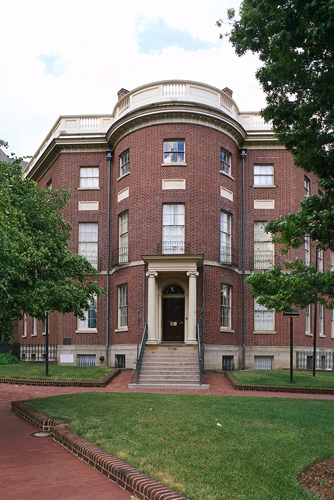
The Octagon Museum
Organization of American States The
OAS’s beautiful building, with its three round-topped arches, is one of
the area’s architectural delights. The OAS Art Museum of the Americas
has a permanent collection of Western Hemisphere art that is one of the
most important in the US. The Organization of American States is a
cooperative association of all 35 countries of the hemisphere to promote
economic development, protect human rights, and strengthen democracy. Museum
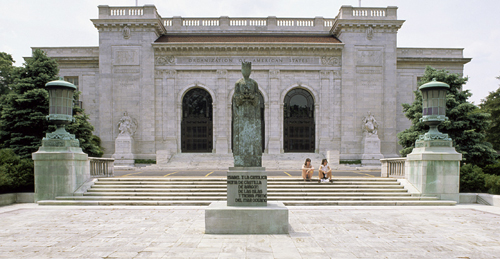
Organization of American States
Daughters of the American Revolution The
largest concert hall in the city is in Constitution Hall, the grand
performance space operated by the Daughters of the American Revolution
(DAR). The cornerstone of this John Russell Pope design was laid in
1928, using the same trowel George Washington used for the US Capitol
building cornerstone in 1793. The DAR also has a fascinating museum of
early American artifacts, ranging from a simple 17th-century dwelling to
an elaborate Victorian parlor. The DAR is a patriotic organization that
fosters understanding and respect for the heritage of the United
States. MuseumFederal Reserve Building Another gleaming white design by Paul P. Cret, architect of the Folger Shakespeare Library.
The Federal Reserve System is the central banking authority in the
United States, regulating and facilitating both banking and the flow of
currency and financial transactions.
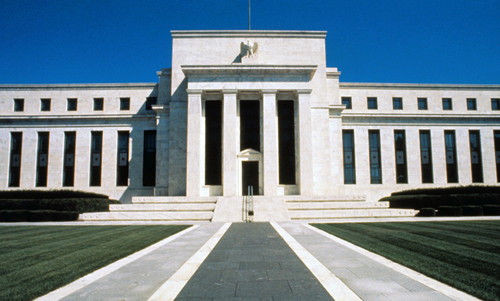
|